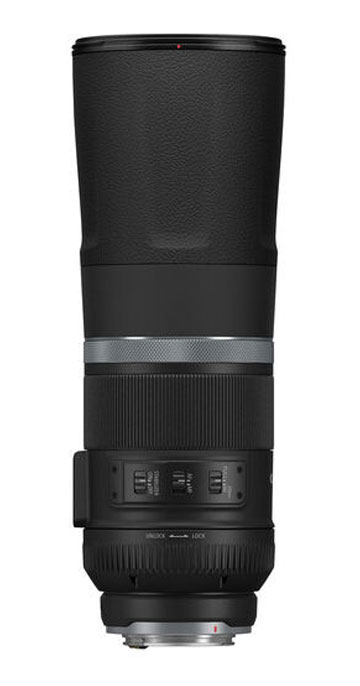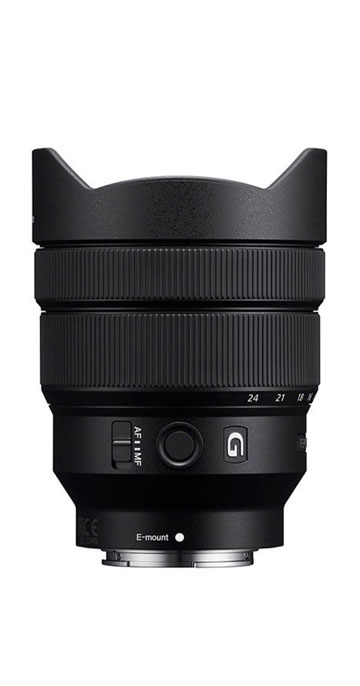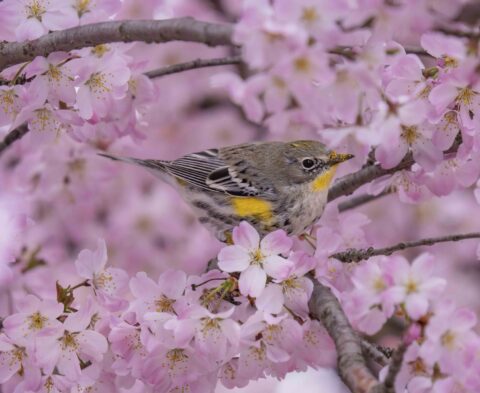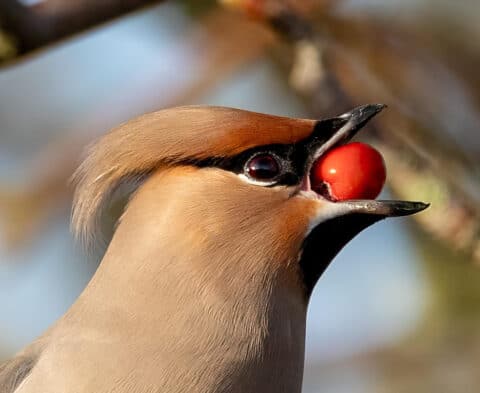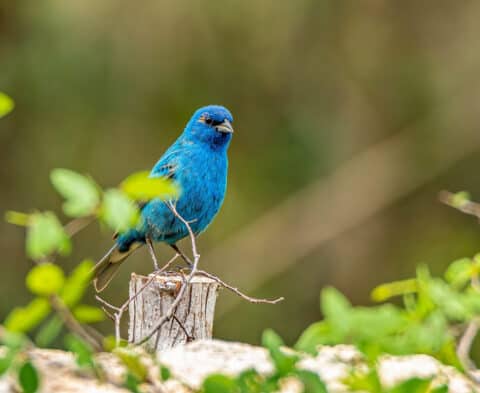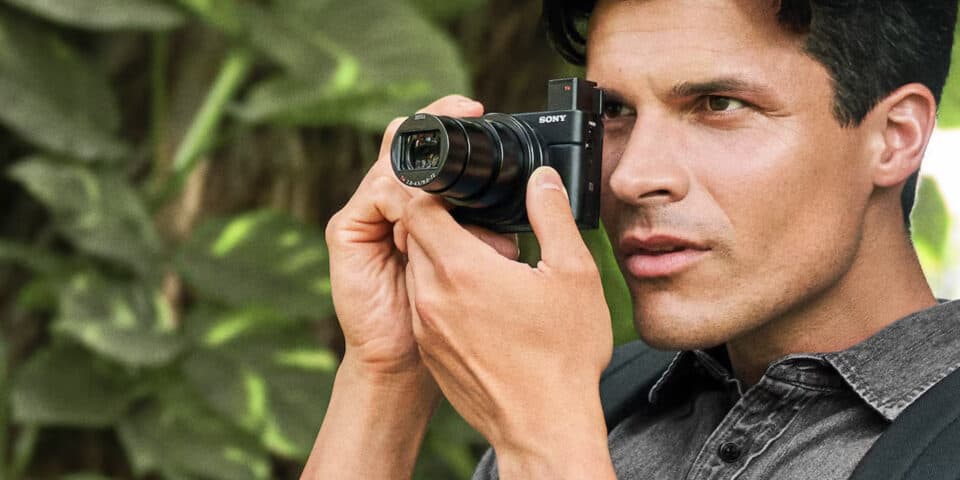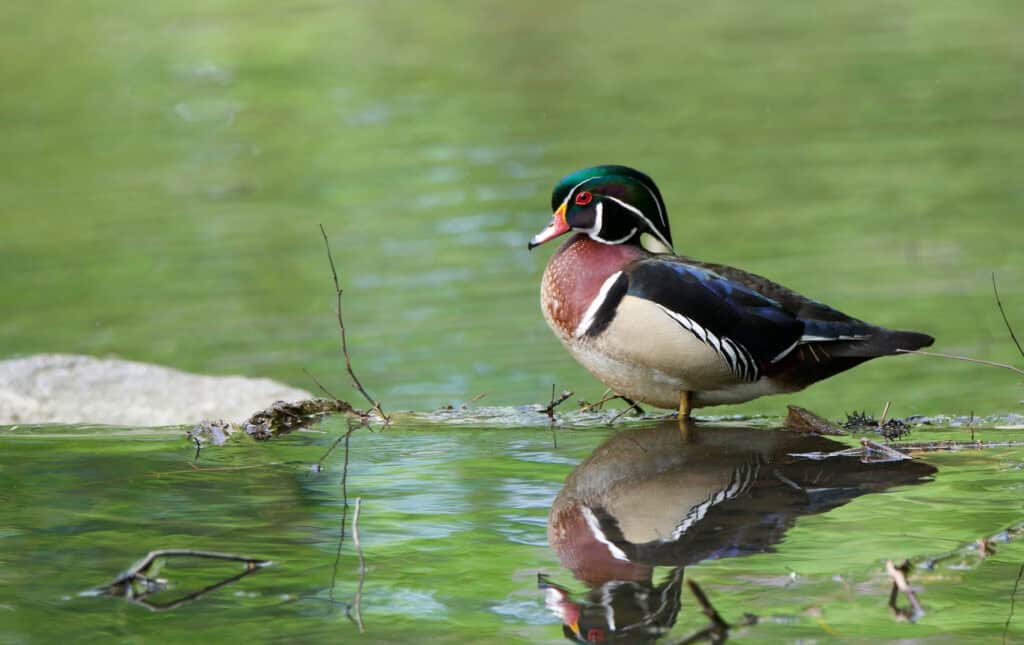
Bird photography is one of the most rewarding yet challenging genres of photography. Capturing these fast-moving, distant subjects in their natural habitats requires not only skill but also the right equipment.
The lens you choose plays a crucial role in determining the quality of your bird photos. In this guide, we’ll explore the best lenses for bird photography, focusing on different lens types, and highlighting top options from Sigma, Canon, Sony, and Nikon. We’ll also discuss some add-ons that can help you get even closer to your feathered subjects.
Telephoto Zoom Lenses for Bird photography
For those with photography experience and ready to setup up your game, a Telephoto Zoom Lens is a great add-on to your camera kit. With a longer focal length – a Telephoto Zoom Lens is great for shooting long distances. Be sure to pack your tripod!
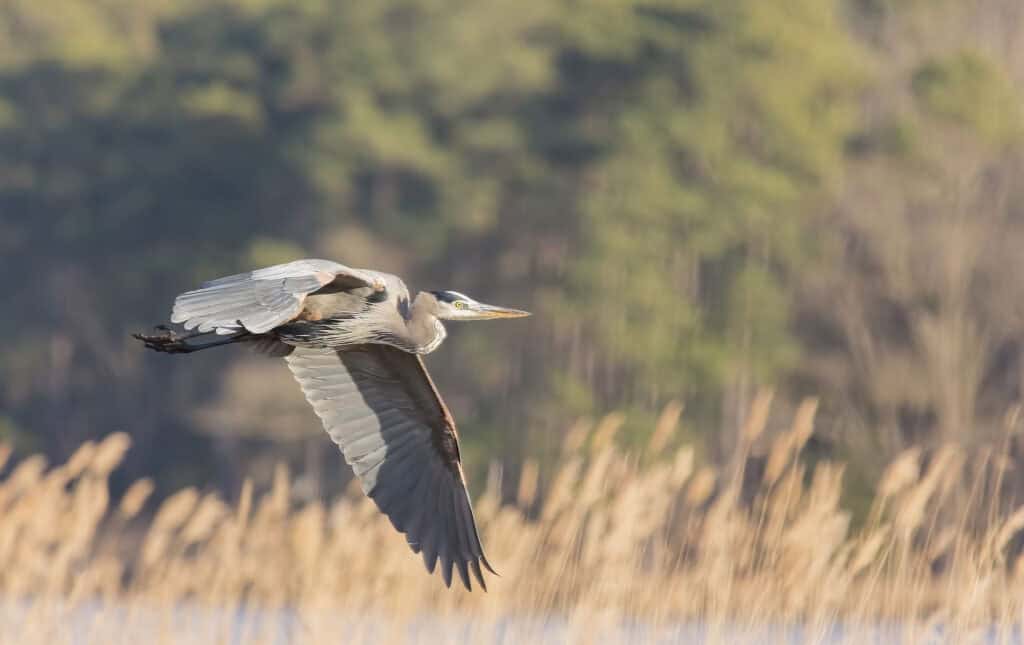
Application: Telephoto zoom lenses are ideal for capturing birds from a distance, especially those that are more skittish and difficult to approach. They allow you to adjust your focal length on the fly, making them perfect for both birds in flight and perched birds.
Recommended Zoom: For bird photography, look for lenses with a zoom range of at least 400mm. A 100-400mm lens or 150-600mm lens is ideal for capturing birds in various environments, from open fields to dense forests.
Usage:
- Perched Birds: The ability to zoom in allows you to frame perched birds tightly, highlighting details like feathers and expressions.
- Birds in Flight: Telephoto zoom lenses excel at tracking birds in flight, offering the flexibility to zoom in and out as needed. Using a lens with image stabilization is recommended to reduce camera shake and ensure sharp images, even at long distances.
Standard Zoom Lenses for Bird Photography
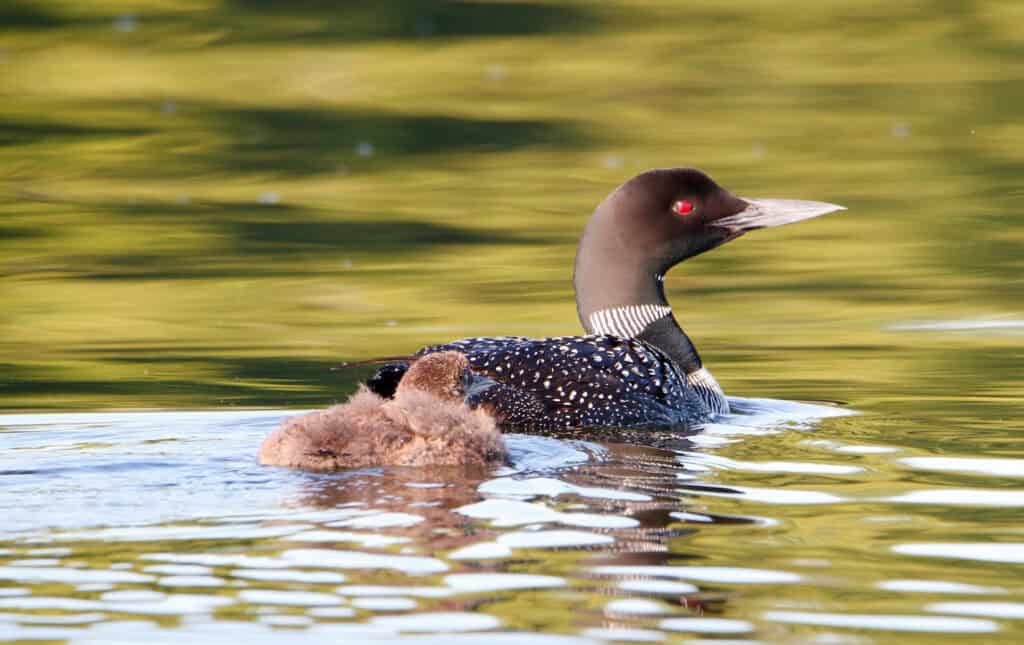
For those just starting out or looking for a versatile option, a Standard Zoom Lens offers a range of focal lengths suited for a variety of bird photography scenarios. They are more compact and lightweight, making them easier to handle.
Application: Standard zoom lenses, with focal lengths ranging from 70mm to 200mm, are versatile for capturing birds in closer proximity. They are great for photographing birds in more controlled environments, such as bird sanctuaries, gardens, or parks where birds are accustomed to human presence.
Recommended Zoom: A 70-200mm lens is a popular choice for bird photographers who need flexibility without the extreme reach of telephoto lenses.
Usage:
- Birds in Flight: While not as long-reaching as telephoto zooms, regular zoom lenses can still capture birds in flight if they are closer. Their lighter weight also makes them easier to handle for extended periods.
- Perched Birds: These lenses allow you to focus on mid-range shots, perfect for capturing birds perched in trees or on feeders.
Macro Lenses for Bird Photography
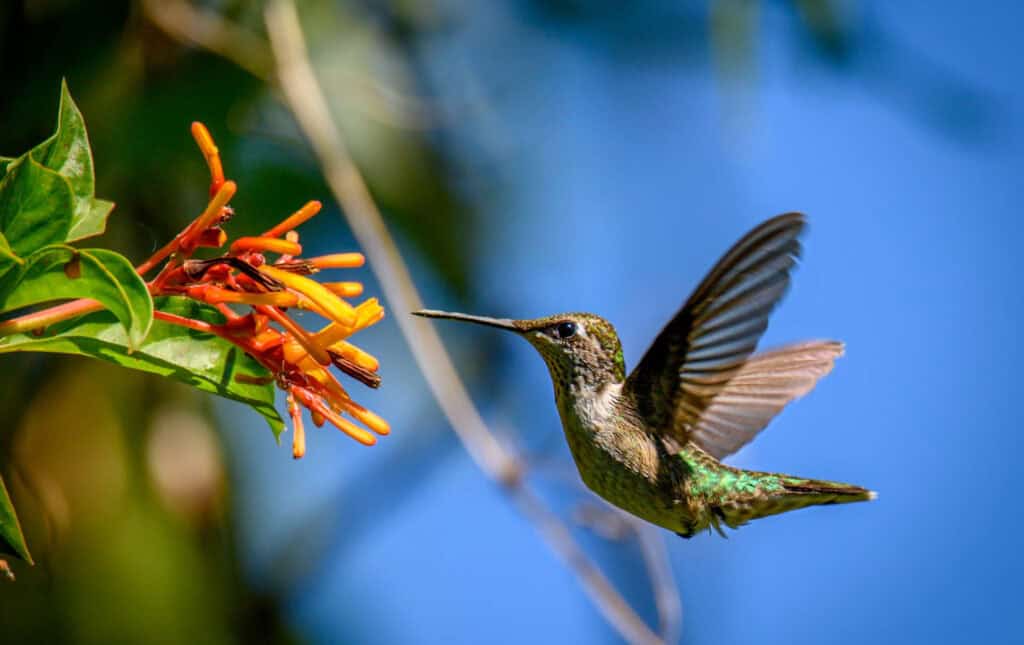
For photographers looking to capture the intricate details of birds, Macro Lenses offer a unique perspective. They are perfect for those who want to explore close-up shots of birds and their environments.
Application: Macro lenses allow you to get up close and personal with smaller birds or capture intricate details like feathers, eyes, or beaks. They are also ideal for photographing birds in nests.
Recommended Zoom: Macro lenses typically have fixed focal lengths around 100mm, providing the perfect balance for detailed close-ups without disturbing the birds.
Usage:
- Perched Birds: Macro lenses excel at capturing fine details of perched birds, such as the texture of feathers or the sharpness of a beak.
- Bird Details: These lenses are perfect for creative shots that focus on specific bird features, highlighting the beauty of nature.
Telephoto Prime Lenses for Bird Photography
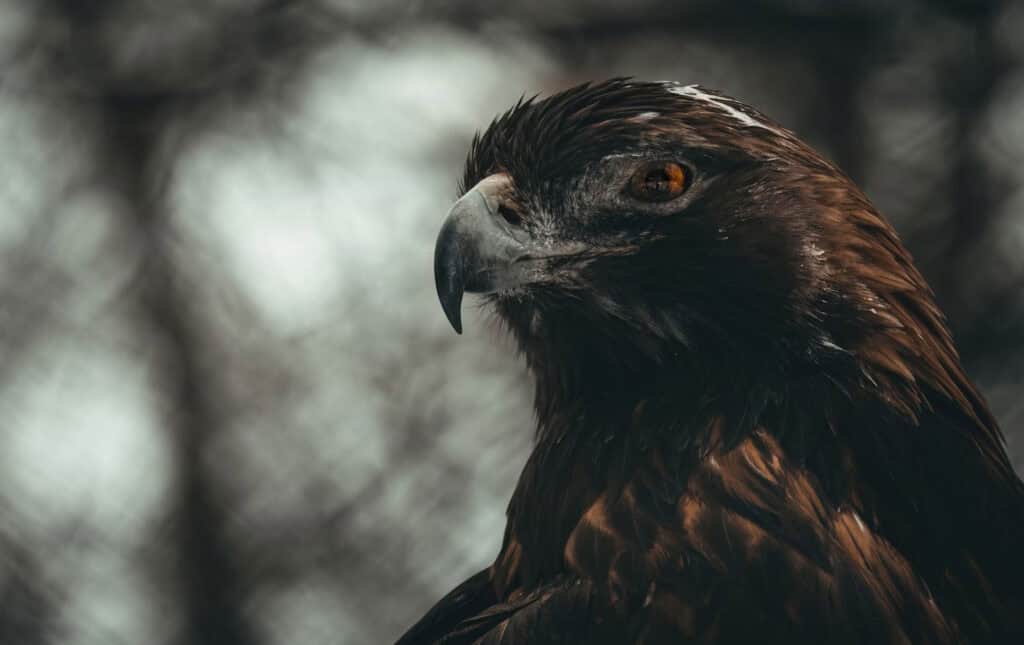
For those seeking the highest image quality and specialized performance, a Telephoto Prime Lens is the top choice. These lenses offer sharpness and clarity that surpasses zoom lenses, making them ideal for experienced photographers who need the best possible results.
Application: Telephoto prime lenses are perfect for capturing distant birds with stunning clarity. Their fixed focal lengths offer unmatched sharpness, making them ideal for professional wildlife and bird photographers.
Recommended Zoom: Look for prime lenses with focal lengths of 300mm, 400mm, or 600mm. These lenses provide exceptional reach and are ideal for shooting in open areas where birds are far away.
Usage:
- Birds in Flight: Telephoto prime lenses excel in capturing fast-moving birds with precise focus and incredible detail. The fixed focal length ensures consistent performance.
- Perched Birds: These lenses allow you to frame distant birds with incredible sharpness, highlighting every detail without compromising quality.
Wide-Angle Zoom Lenses for Bird Photography
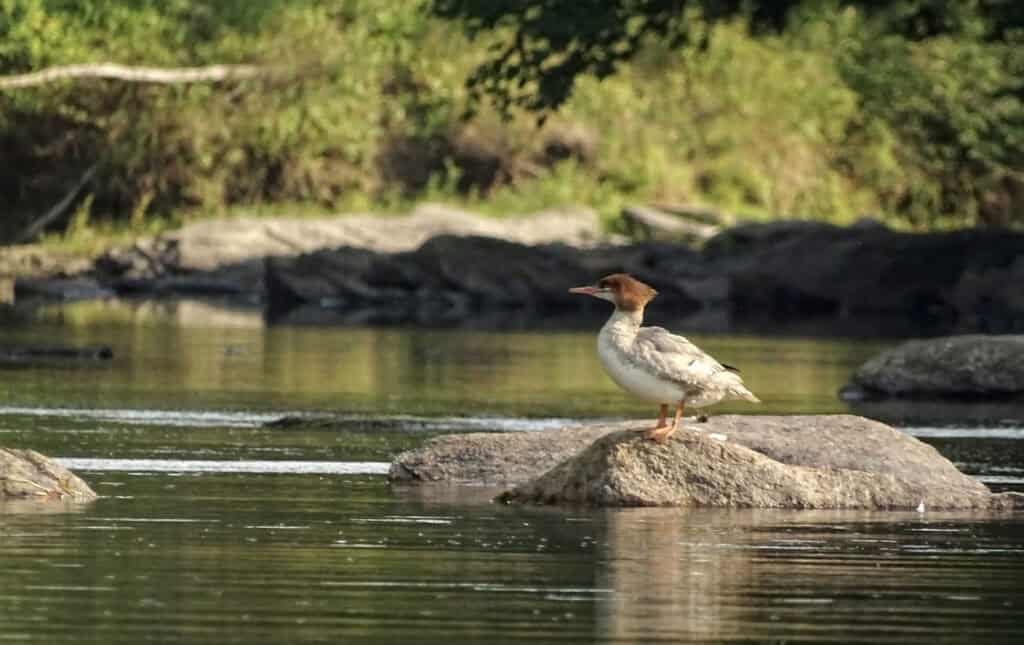
For those looking to capture the broader scene, a Wide-Angle Zoom Lens is your go-to option. Ideal for environmental shots, these lenses place birds within their larger context.
Application: Wide-angle zoom lenses are perfect for photographing birds within their environment, showing the relationship between the bird and its surroundings. These lenses are excellent for capturing birds in landscapes.
Recommended Zoom: A 10-22mm or 16-35mm wide-angle zoom lens is great for capturing expansive views, including birds in their natural habitats.
Usage:
- Birds in Landscapes: Wide-angle zoom lenses allow you to include the environment in your bird photography, such as birds flying over a coastline or perched in a forest.
- Creative Shots: These lenses enable you to experiment with perspectives and compositions, creating dramatic wide-angle shots that stand out.
Add-Ons for Bird Photography
- Teleconverters: Extend the focal length of your lens by 1.4x or 2x, offering greater reach without the need for a new lens.
- Lens Hoods: Prevent lens flare and protect your lens from the elements, especially when shooting in bright sunlight or challenging weather conditions.
- Polarizing Filters: Reduce glare and enhance the colors of your shots, particularly useful when photographing birds near water.
- Tripods & Monopods: Stabilize your camera, especially when using heavy telephoto lenses, ensuring sharper images.
- Camera Straps, Harnesses and backpack: Protect your camera and equipment during transportation and distribute the weight of your gear more comfortably, allowing for longer shoots without fatigue.
Shooting Techniques
- Birds in Flight: Use a high shutter speed (1/1000s or faster) and continuous autofocus to capture sharp images of birds in motion. Telephoto zoom and prime lenses are best suited for this task.
- Perched Birds: Focus on the eyes and use a narrower aperture (f/8-f/11) to ensure the bird is fully in focus. Macro and regular zoom lenses work well here.
- Birds in Their Environment: Use wide-angle lenses to include the bird’s habitat, telling a story about its surroundings. Experiment with angles and compositions for dynamic images.
How to Get Close to Birds for Photography
Getting close to birds without disturbing them can be one of the biggest challenges in bird photography. Here are some strategies to help you capture those detailed and intimate shots:
- Use a Blind or Hide: A photography blind or hide can help you remain unseen by birds. These portable shelters blend into the environment, allowing you to get close to birds without scaring them away. This is particularly useful for capturing more elusive or skittish species.
- Camouflage Yourself: Wearing neutral or camouflage clothing can help you blend into your surroundings. Birds are highly sensitive to movement, so try to remain as still as possible. Avoid bright colors and sudden movements.
- Move Slowly and Quietly: Approach birds slowly and quietly. Quick or jerky movements can startle them, causing them to fly away. Take your time, and allow the birds to become accustomed to your presence.
- Know Your Birds: Understanding bird behavior can help you anticipate their movements. For example, some birds are more active during certain times of the day or in specific weather conditions. Observing their patterns can give you the opportunity to get closer without disturbing them.
- Use a Telephoto Lens: If getting physically close to the birds isn’t possible, a telephoto lens is essential. With focal lengths of 400mm or more, you can capture stunning close-ups from a distance, minimizing your impact on the birds.
- Baiting and Calls: Some photographers use bird calls or bait to attract birds to a specific location. However, this technique should be used ethically and with caution, as it can stress or endanger the birds.
- Stay Low: By crouching down or lying on the ground, you can get closer to birds while appearing less threatening. This technique works well when photographing birds on the ground or near water.
- Patience is Key: Sometimes, the best way to get close to birds is simply to wait. Find a spot where birds are likely to appear, set up your camera, and be patient. Over time, birds may come closer, allowing you to capture those perfect shots.
Incorporating these techniques will help you capture stunning bird photography, whether you’re shooting with a telephoto zoom lens, prime lens, or wide-angle lens.
Conclusion
Bird photography requires a combination of the right equipment and techniques to capture the beauty of nature. Whether you’re using a telephoto zoom, prime lens, macro, or wide-angle zoom, top brands like Sigma, Canon, Sony, and Nikon offer lenses that cater to your specific needs.
Equip yourself with the right gear, practice your shooting techniques, and you’ll be well on your way to capturing stunning bird photos that showcase the magnificence of the avian world.
Shop online at Henrys.com or visit in person at one of our Henry’s Retail Stores for expert advice.
Explore More
- Take Advantage of 0% Financing
- Find a Henry’s near you
- Bird Photography: Essential Gear, Tips & Tricks for Every Photographer
- Winter Bird Photography – See How These Sony Shooters Do It
- Advanced Autofocus Tips to Make Your Bird Photography Stand Out
- Birds in Flight: How to Capture the Action
- A Guide for Bird Photography




